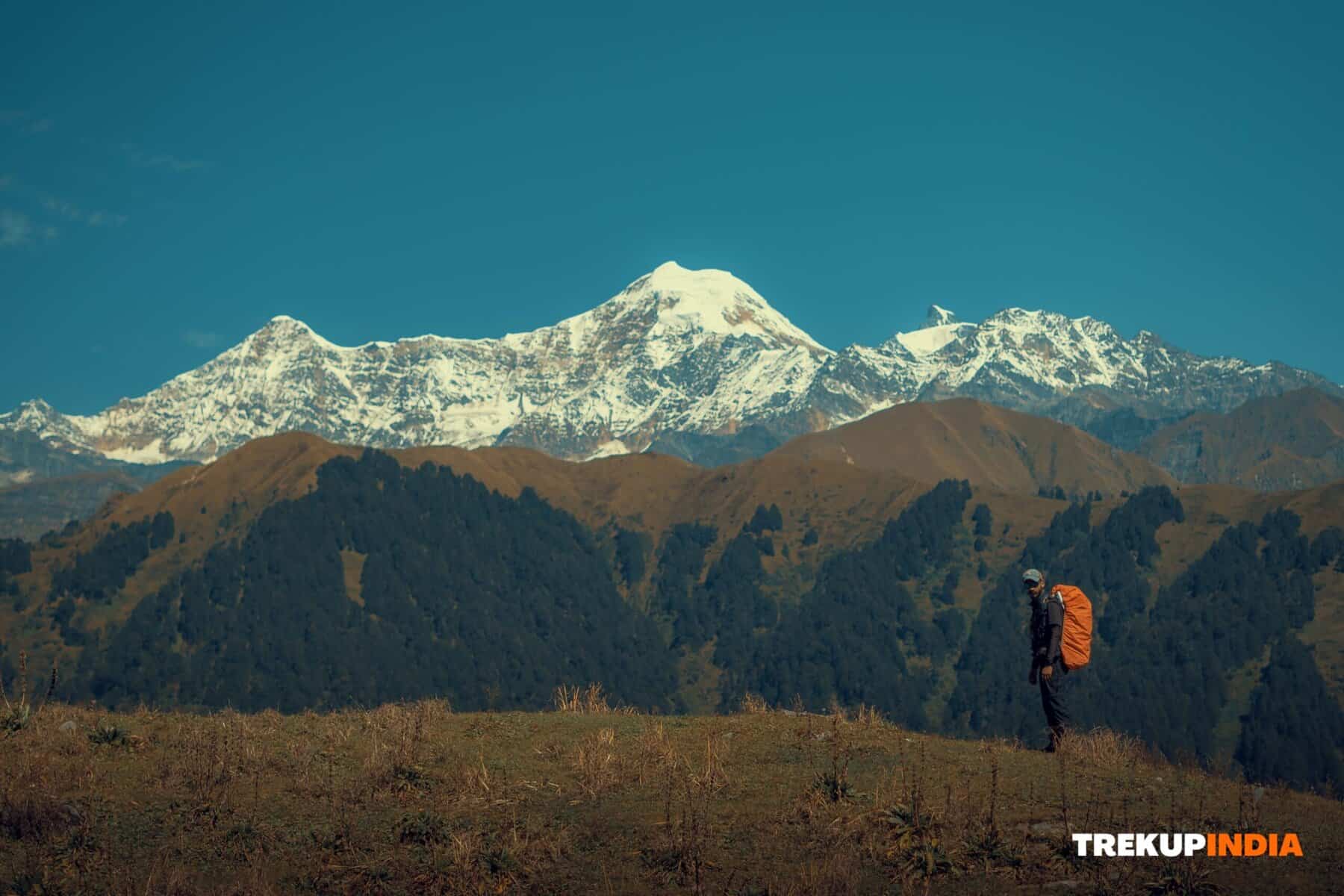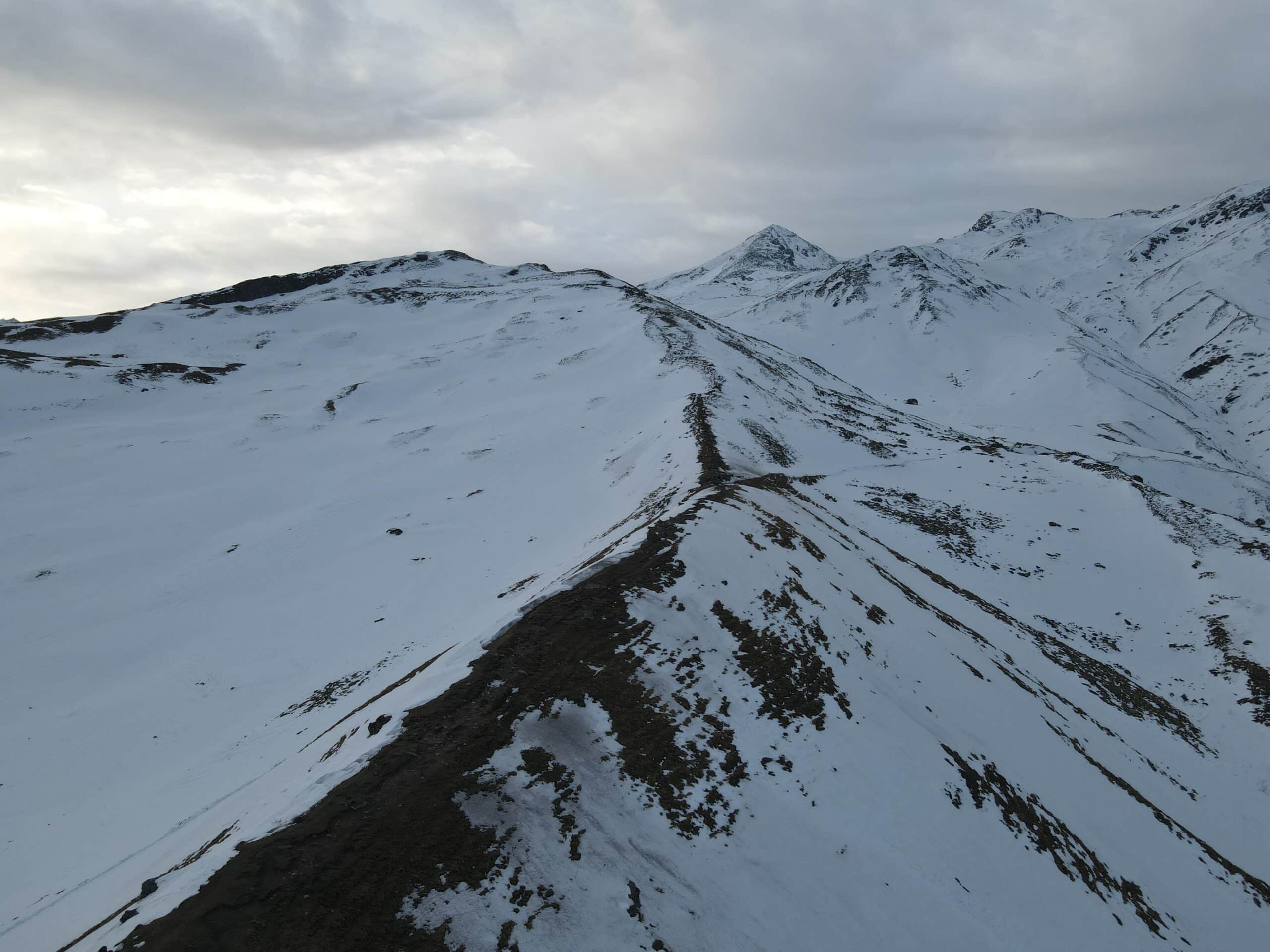Basic Mountaineering Course in India: Gateway to Adventure and Skills
With their snow-capped peaks and challenging terrain, the Himalayas beckon adventure seekers. A Basic Mountaineering Course (BMC) is an essential first step if you plan on scaling these heights. A BMC in India is an exciting endeavour that has many benefits. In this comprehensive guide, you’ll find out what a BMC entails, what it offers, and how to get started. Along with the Basic Mountaineering Course details, you will also get to know the number of top institutes of Mountaineering courses in this article. Basic Mountaineering Course participants will gain the mountaineering skills and knowledge necessary to trek safely through the mountains and climb safely. The typical course duration is 26 to 28 days, during which you will cover various mountaineering aspects.
Topics covered in the Basic Mountaineering Course (BMC)
Basic Mountaineering Course (BMC) covers a wide range of topics including:
- Mountaineering Techniques– Participants are taught rock climbing, ice climbing, and snow crafting techniques. Get familiar with basic climbing techniques such as rappelling, belaying, and anchoring. Gain a thorough understanding of crampon use, self-arrest techniques, and avalanche awareness to navigate snowy and icy terrain.
- Safety Protocols – Various safety measures, including rope management, belaying, and rescue operations, are emphasised.
- Navigation – Using a map and compass, GPS devices, and interpreting weather patterns to navigate the mountain terrain are all skills you can learn in this course.
- Camping – Develop practical skills in tent setting, cooking at high altitudes, and proper camp hygiene.
- First Aid – An essential course component is basic first aid training specific to emergencies in the mountain’s remote location.
- Physical Training – Gain the strength and stamina required to manage difficult treks and climbs.
Advantages of Completing Basic Mountaineering Courses
Below, we are mentioning the benefits of taking a Basic Mountaineering Course:
- Skill Development – Learn the fundamentals of mountaineering, which lay the groundwork for future exploration and adventure. Acquire the skills and information required for mountaineering on a practical level.
- Safety Awareness – Understand how to assess risks, handle emergencies, and ensure that you and others are safe in mountain environments.
- Confidence Building – By overcoming obstacles and pushing your boundaries, you can develop confidence that you can use in all facets of your life, not just mountaineering.
- Networking Opportunities—Connect with experienced trekkers and other enthusiasts to grow your network in the outdoor adventure community.
- Preparation for Advanced Courses – Completing a BMC opens doors to more advanced mountaineering courses and expeditions, allowing you to pursue your passion further.
How to Take a Basic Mountaineering Course in India
- Choose Your Institute: Several reputable mountaineering institutes offer BMCs in India. Popular options include:
- Himalayan Mountaineering Institute (HMI), Darjeeling
- Atal Bihari Vajpayee Institute of Mountaineering and Allied Sports (ABVIMAS), Manali, Himachal Pradesh
- Nehru Institute of Mountaineering (NIM), Uttarkashi, Uttarakhand
- Jawahar Institute of Mountaineering (JIM), Pahalgam, Jammu & Kashmir
- National Institute of Mountaineering and Allied Sports (NIMAS), Arunachal Pradesh
- Check Eligibility: Most institutes mandate that applicants be physically healthy and between 18 and 45. Some could need other qualifications, such as a medical certificate. Before applying, make sure you meet these requirements.
- Apply and Register: BMCs often have a limited number of seats and strong demand, so it’s best to apply well in advance. For application details, go to the website of the selected institute or get in touch with them. Prepare to turn in the course fee, the completed application, and the required paperwork.
- Training and Preparation: The BMC requires intense physical preparation. Before the course starts, think about beginning your exercise regimen. Since mountaineering involves a lot of physical exertion, start by building your strength, flexibility, and endurance.
- Attend the Course: Once registered, give the learning process your full attention. Attend classes, make inquiries, and practice your abilities.
How to Register for Basic Mountaineering Course (BMC)
- Choose Your Institute:
- Several reputable mountaineering institutes offer BMCs in India. A list of institutes is provided above for your reference.
- Research the Institute’s Website:
- Each institute will have its website with detailed information about their BMC program, including:
- Course Dates and Schedule
- Eligibility Requirements (age, physical fitness, medical certificate)
- Application Process and Deadlines
- Course Fees and Payment Options
- Required Gear and Equipment List
- Apply and Register:
- Once you’ve chosen your institute, visit their website and look for the BMC application section. You’ll likely find an online application form or downloadable application documents. The application process might involve:
- Filling out the application form with your personal details and mountaineering experience (if any)
- Submitting necessary documents like photocopies of ID proof, age proof, and a medical certificate (if required)
- Paying the course fee online or through a designated method
Share this article
Want To Trek Like Pro?
Check out the following videos if you want to trek like a pro trekker and improve your skills. These videos contain helpful tips, tricks, and techniques to help you trek like a pro. Whether you’re a beginner or an experienced trekker, these videos can provide valuable insights to enhance your trekking experience. So, watch the videos below by Trekup India experts to take your trekking skills to the next level.







Know Everything About Acute Mountain Sickness
Acute Mountain Sickness is a medical condition that can occur when individuals travel to high altitudes, typically above 8,000 feet. It is caused by the decrease in air pressure and oxygen levels in the air as altitude increases. Symptoms of Acute Mountain Sickness may include headache, nausea, vomiting, dizziness, and difficulty sleeping. To avoid Acute Mountain Sickness, it is important to gradually adjust to high altitudes and seek medical attention if symptoms worsen. To learn more about this condition, check out the videos by Trekup India.



Important Guidelines
Special Casual Leave (SCL) for Government Employees
Government employees joining our trekking expeditions can avail of Special Casual Leave (SCL) under the following conditions:
- Eligibility Criteria:
- SCL is available exclusively to Indian government employees.
- Applicable only for treks conducted within India.
- Leave Details:
- As per Pay Commission rules, government employees are entitled to up to 30 days of SCL in a calendar year for trekking or mountaineering expeditions.
- Treks must be organized by a registered organization, such as Trekup India, recognized by the Indian Mountaineering Foundation (IMF).
- Application Process:
- You need to apply for leave at least 20 days before the trek departure date.
- How to Apply: The following details are required to apply for IMF certification through the IMF.
- Email info@trekupindia.com with the following details:
- Your booked trek date.
- The trek name.
- Aadhar Card
- Designation
- Office Address
- Additional Fee of Rs. 250/ per person will be applicable.
- Note: It might take 20-25 days to receive a certificate from the IMF, subject to their approval.
- Email info@trekupindia.com with the following details:
- Documentation Support:
- Trekup India will provide the necessary documents to facilitate your SCL application.
Age-Based Requirements for Junior Trekkers
- A parent or guardian must accompany trekkers below 15 years of age.
- Trekkers Aged 15 to 18 or above Years: Can trek solo but require a Disclaimer Form signed by a parent or guardian. And Medical Form that Provides health details and confirms fitness for trekking by MBBS Doctor
- Trekkers Aged above 18 Years: Require a Disclaimer Form self-signed. And Medical Form that Provides health details and confirms fitness for trekking, Signed with an MBBS Doctor stamp.
Medical Fitness Required for Trek
If you’re planning a trek, you must ensure that your health parameters meet the fitness requirements for physical exertion at high altitudes or rugged terrains. Below are guidelines for each of the parameters mentioned:
1. Pulse Rate (Heart Rate at Rest):
- Normal: 60 to 100 (bpm) beats per minute.
- Required Fitness: Physically fit person may have a resting heart rate closer to 50 bpm, which shows that he have good cardiovascular efficiency.
2. Blood Pressure (BP):
- Required BP: 120/80 mmHg. A Bolood Pressure within this Range ensures adequate oxygen delivery to muscles and organs during physical exertion, especially at high altitudes.
- Your specified blood pressure (BP) Range—Systolic: 100–140 mmHg and Diastolic: 70–90 mmHg—is appropriate and generally considered safe for trekking activities.
- Acceptable Range: <140/90 mmHg for trekking. Elevated BP could increase risks during strenuous activity or at high altitudes.
Recommendations:
- Pre-Trek Checkup: Monitor your BP multiple times & ensure that it should be normal.
- Stay Hydrated: Dehydration affect BP, so maintain proper fluid intake during your trek.
- Avoid Alcohol & Excess Salt: These can destabilize BP, especially at altitude.
- BP Monitor: If you have a history of BP issues, regularly check your BP during the trek. Our Trek Leaders are equipped with a BP machine.
3. Respiratory Rate at Rest:
- Required Rate: 12–20 breaths per minute.
4. Diabetes Mellitus:
- Acceptable: Well-controlled blood sugar levels (HbA1c <7% or fasting blood glucose <126 mg/dL).
- Fitness Requirement: Carry quick glucose sources and monitor regularly during the trek.
5. Bronchial Asthma:
- Acceptable: Only when your doctors allow it & you have to submit an MBBS doctor NOC that you can undergo this trek.
- Fitness Requirement: Bring prescribed inhalers/medications and consult your doctor about high-altitude risks.
6. Heart Problems:
- Acceptable: Individuals without recent cardiac events (e.g., heart attack within the past 2 years).
- Fitness Requirement: Clearance from an MBBS Doctor (cardiologist) is required.
7. Hypertension:
- Acceptable: Controlled hypertension (BP <140/90 mmHg) with no recent complications like hypertensive crisis.
8. Pacemaker Implant:
- Generally not recommended for high-altitude treks.
9. Body Mass Index (BMI):
- Required BMI: 18 – 26 kg/m² for a good trekking fitness.
- Overweight or underweight individuals may face additional strain on joints or fatigue.
Additional Recommendations:
- High Altitude Acclimatization: For treks above 10,000 feet, ensure have some acclimatization Trekup India have designed Itinary of this trek accordingly to it but its not granted that this itinary works fine with acclimatization. For more information, click here.
- Fitness Level: Regular aerobic and strength training exercises before the trek are essential. For more information, click here.
- Medical Clearance: Consult a healthcare professional (MBBS Doctor) to assess your suitability before coming on this trek.
Would you like assistance preparing for your trek or calculating specific health metrics? Call Your Trek Co-Ordinator






